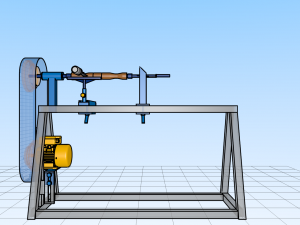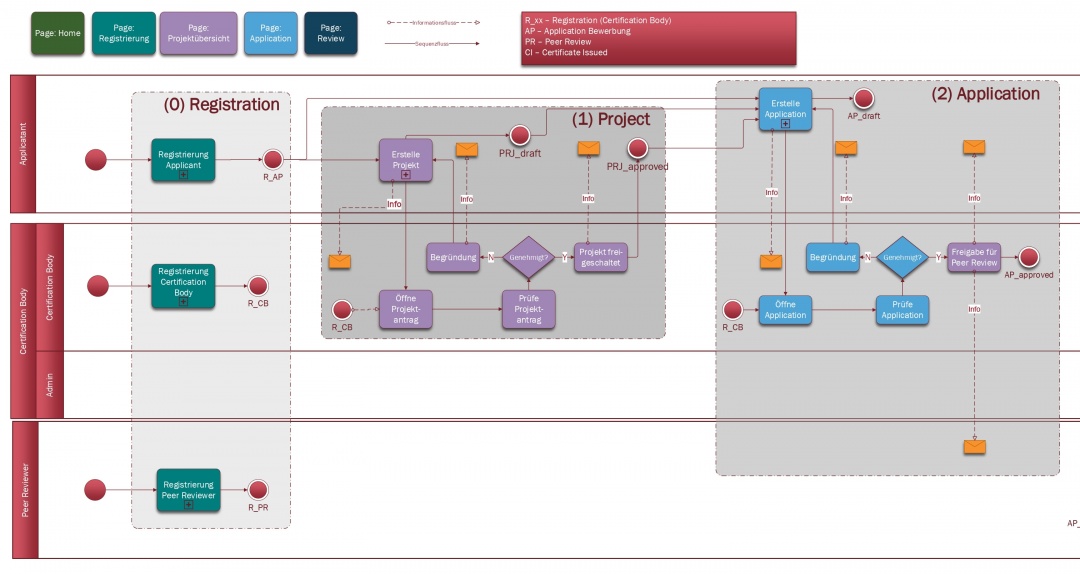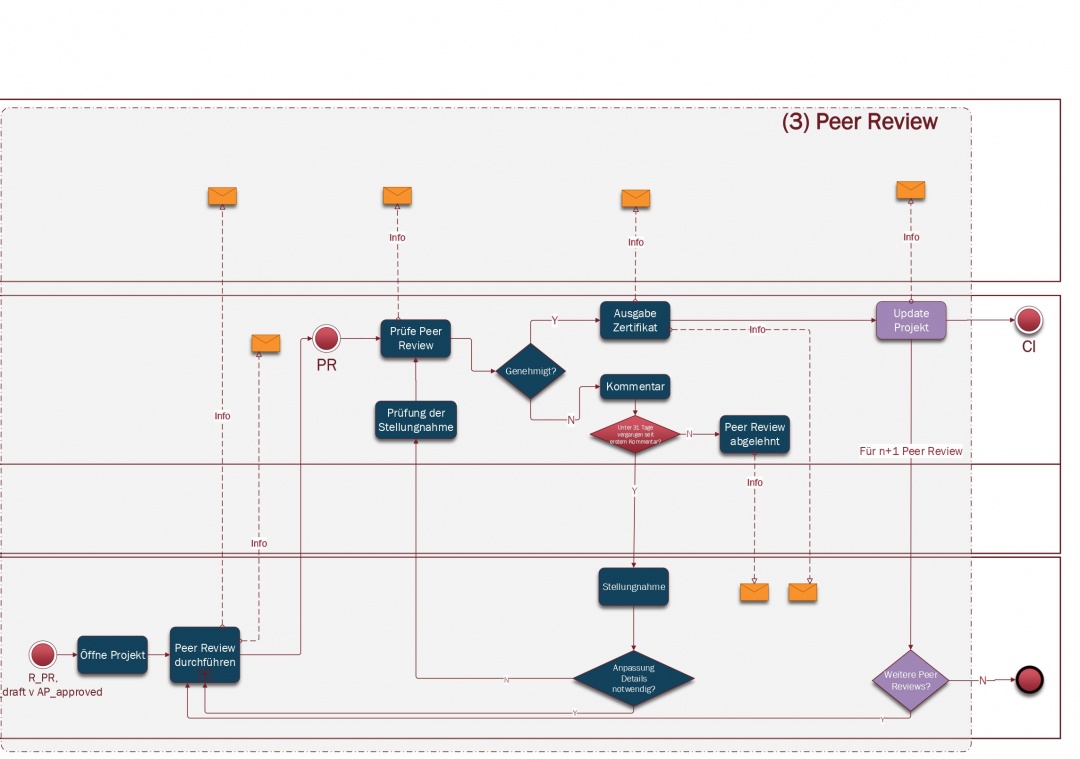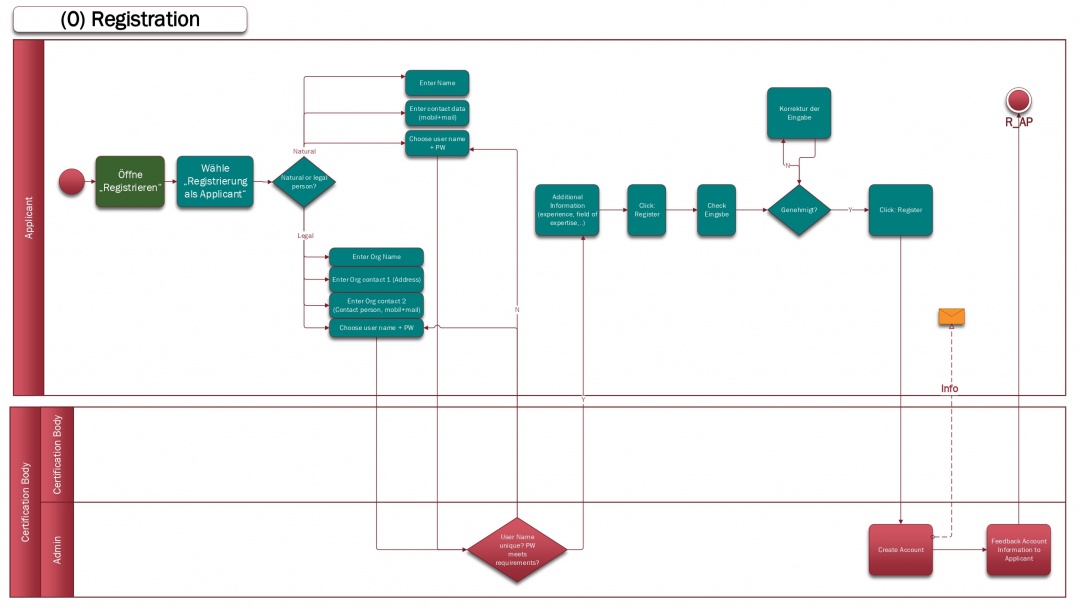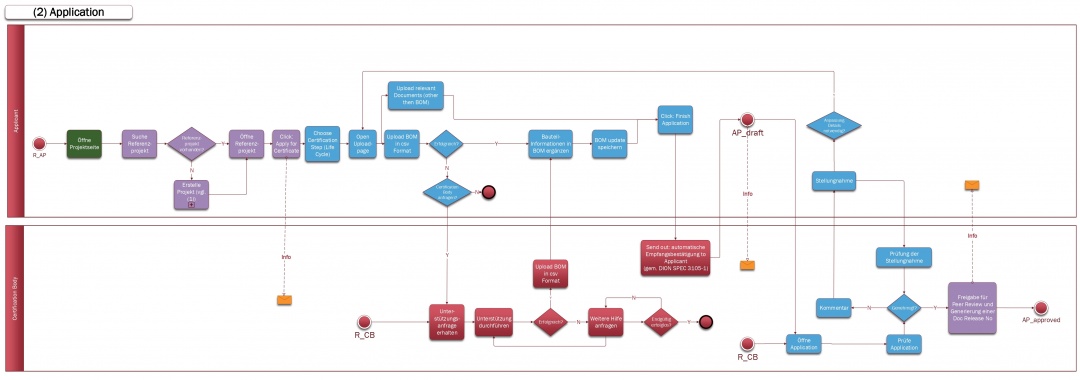Difference between revisions of "About the OHO Certification-center"
| Line 29: | Line 29: | ||
== DIN Spec 3501 - 100% Open Source Hardware == | == DIN Spec 3501 - 100% Open Source Hardware == | ||
[[File:DIN-Logo.png|thumb|<small>'''[https://en.wikipedia.org/wiki/Deutsches_Institut_f%C3%BCr_Normung#History | [[File:DIN-Logo.png|thumb|<small>'''[https://en.wikipedia.org/wiki/Deutsches_Institut_f%C3%BCr_Normung#History German Institute for Standardization Article DIN'''</small>]] | ||
=== Weblinks === | === Weblinks === | ||
* DIN Spec 3105-1 ([https://www.beuth.de/en/technical-rule/din-spec-3105-1/324805763 hweiter]) | * DIN Spec 3105-1 ([https://www.beuth.de/en/technical-rule/din-spec-3105-1/324805763 hweiter]) | ||
* DIN Spec 3105-2 ([https://www.beuth.de/en/technical-rule/din-spec-3105-2/324805750 | * DIN Spec 3105-2 ([https://www.beuth.de/en/technical-rule/din-spec-3105-2/324805750 more]) | ||
=== | === Abstract === | ||
A prerequisite for issuing an attestation according to DIN Spec 3501 is that the projects are documented completely and (as far as possible) in accordance with the standard. Another important requirement is that they fulfill the definition of the Open Source Hardware Association (OSHWA) for Open Hardware (see above). | |||
Based on these requirements, DIN-Spec 3105 was developed together with the German Institute for Standardisation (DIN) and a competence network of almost 40 organizations and specialists. This is the world's only internationally valid standard developed specifically for the development and technical documentation of Open Hardware projects. [https://journalopenhw.medium.com/din-spec-3105-explained-2cce6134c207 more] | |||
=== Peer | === Peer reviews === | ||
The peer-review procedure is applied during the audit. This means that the audit is carried out by at least three auditors with sufficient qualifications and experience who examine all components and parts of the project in detail. They examine the project for completeness of documentation and for obvious or hidden defects. | |||
A technical clarification with the project developer as well as subsequent improvements (with corresponding updating of the technical documentation) is explicitly provided. This ensures that the know-how of the auditors can contribute to improving the quality of the project. | |||
The approach is that, starting from the parts list of the project, each component and assembly is examined individually for possible defects. Any ambiguity is documented on the project page. For technical clarification, graphics, videos, calculations, etc. can be uploaded as evidence. Furthermore, each inspector must individually assign the status "successfully inspected" (approved) to all components and all assemblies. | |||
Only then will the complete project be approved as validated. At least two of the inspectors must evaluate the project positively so that the certificate according to DIN Spec 3501 can be issued. | |||
The entire testing process, including the technical clarification, is published so that all decisions made are transparent and comprehensible. | |||
== Die OHO- Zertifizierungsplattform == | == Die OHO- Zertifizierungsplattform == | ||
Revision as of 13:17, 26 February 2021
Why does the OHO Certification Center exist
Previously, there were no generally accepted standards for the development and technical documentation of Open Hardware projects. This makes it difficult to replicate and further develop the projects. To solve this problem, OHO is pursuing two approaches:
- The OHO Certificate
- The DIN Spec 3501 Attestation
The OHO certificate - rebuilding is possible
A prerequisite for the granting of the OHO certificate is that all documents required for the reproduction, such as construction plans and parts lists, are complete and correct. Non-standard documentation is also accepted, e.g. technical drawings made by hand, photos with dimensions, etc. The OHO certificate is only issued if the documentation is complete and correct. The OHO certificate is a preliminary stage for the DIN Spec 3501 certificate. The examination is carried out by an examiner who can prove the necessary qualification and experience.
True open-source hardware according to the OSHWA definition
This is: "Open source hardware is hardware whose blueprints have been made publicly available so that anyone can study, modify, redistribute, and make and sell it and hardware based on it". The four essential requirements for open-source hardware are:
- Use: Anyone can use it
- Understand: All the important information to be able to understand you must be present
- Distribute: Anyone can distribute it
- Improve: Anyone can improve it
Further requirements are:
Documentation
The hardware must be published with documentation that includes all source files and allows editing and redistribution of the source files.
Required software
If the licensed hardware requires software to function properly and perform its essential tasks, it must be under an open-source license recognized by the OSI (Open Source Initiative).
Modified works and redistribution
The license must permit the making, use, sale, redistribution, modification and derivative works. These must be redistributed under the same license conditions as the original work.
DIN Spec 3501 - 100% Open Source Hardware
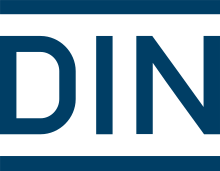
Weblinks
Abstract
A prerequisite for issuing an attestation according to DIN Spec 3501 is that the projects are documented completely and (as far as possible) in accordance with the standard. Another important requirement is that they fulfill the definition of the Open Source Hardware Association (OSHWA) for Open Hardware (see above).
Based on these requirements, DIN-Spec 3105 was developed together with the German Institute for Standardisation (DIN) and a competence network of almost 40 organizations and specialists. This is the world's only internationally valid standard developed specifically for the development and technical documentation of Open Hardware projects. more
Peer reviews
The peer-review procedure is applied during the audit. This means that the audit is carried out by at least three auditors with sufficient qualifications and experience who examine all components and parts of the project in detail. They examine the project for completeness of documentation and for obvious or hidden defects.
A technical clarification with the project developer as well as subsequent improvements (with corresponding updating of the technical documentation) is explicitly provided. This ensures that the know-how of the auditors can contribute to improving the quality of the project.
The approach is that, starting from the parts list of the project, each component and assembly is examined individually for possible defects. Any ambiguity is documented on the project page. For technical clarification, graphics, videos, calculations, etc. can be uploaded as evidence. Furthermore, each inspector must individually assign the status "successfully inspected" (approved) to all components and all assemblies. Only then will the complete project be approved as validated. At least two of the inspectors must evaluate the project positively so that the certificate according to DIN Spec 3501 can be issued.
The entire testing process, including the technical clarification, is published so that all decisions made are transparent and comprehensible.
Die OHO- Zertifizierungsplattform
Die Umsetzung der DIN Spec 3105 erfolgt definitionsgemäß über eine Zertifizierungsplattform, auf der die Review Prozesse transparent und für jeden sichtbar realisiert werden.
Die Software für die Zertifizierungsplattform wurde vom OHO Team mit Unterstützung der Technischen Universität Berlin entwickelt. Im Rahmen einer Masterarbeit wurden die erforderlichen Zertifizierungsprozesse geprüft sowie teilweise mitentworfen:
Zusammenfassung der Abläufe
User Registrierung
Projekt anlegen
Zertifizierung beantragen
Review
Nach einer detaillierten Analyse verschiedener Software-Alternativen, die ebenfalls für die Zertifizierungsplattform hätten verwendet werden können, entschieden wir uns, die Wiki-Software Mediawiki als Basisplattform einzusetzen. Ausschlaggebenden Gründe waren unter anderem:
- MediaWiki ist eine kollaborative Software, die es ermöglicht, dass viele Personen gleichzeitig an den Inhalten der Plattform arbeiten können.
- der Quellcode MediaWiki ist unter freien Lizenzen veröffentlicht und kann entsprechend den speziellen Anforderungen des Projektes angepasst werden
- es gibt eine Vielzahl von Extensions, mit denen wichtige Funktionen, über welche die Basisversion nicht verfüg, hinzugefügt werden können
- MediaWiki hat für jede Seite eine Versionsgeschichte, was bedeutet, dass alle Änderungen lückenlos dokumentiert werden
- Media Wiki wird erfolgreich in Projekten mit hohen Userund Besucherzahlen eingesetzt, das sind keine Stabilität Probleme bekannt.

